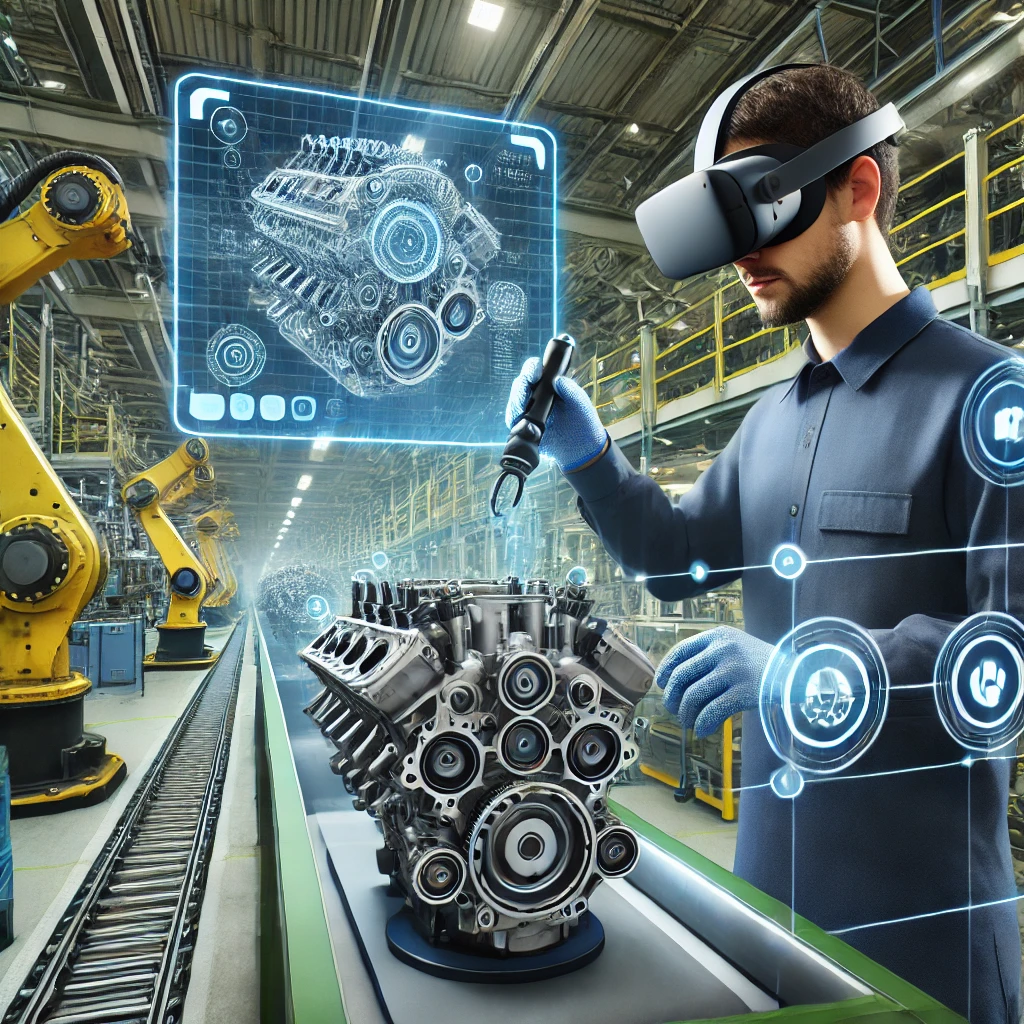In the manufacturing industry, precision is key. A slight deviation in quality can result in defective products, wasted resources, and lost customer trust. This is where VR training comes into play. Leveraging virtual reality technology, companies can enhance quality assurance (QA) processes, improve workforce skills, and ensure consistency in production standards.

The Role of VR Training in Quality Assurance
Quality assurance requires meticulous attention to detail, consistency, and a deep understanding of production standards. Traditional training methods, such as classroom sessions or on-site mentoring, often struggle to deliver hands-on experience without the risk of damaging equipment or wasting materials.
VR training bridges this gap by providing immersive, risk-free environments where employees can learn and practice QA procedures. From detecting product defects to mastering the use of precision tools, VR training ensures employees are well-prepared before stepping onto the shop floor.
Key Benefits of VR Training Simulations for QA in Manufacturing
1. Enhanced Skill Development
Using VR training simulations, workers can interact with virtual models of machinery and products. They can practice identifying faults, performing inspections, or calibrating instruments with real-time feedback. This hands-on learning experience boosts skill retention and accelerates proficiency.
2. Standardized Training Across Teams
Manufacturing facilities often have multiple teams working across different shifts or locations. VR Automotive trainings provide standardized content, ensuring all employees receive the same level of training, regardless of their location. This uniformity reduces variability and enhances overall QA processes.
3. Error Reduction
Mistakes in QA can lead to costly recalls or production halts. VR simulations allow employees to repeatedly practice complex QA tasks in a virtual environment until they perfect them. This reduces on-the-job errors and ensures higher accuracy in inspections.
4. Cost-Efficient Training
AR app development can facilitate remote support by enabling experts to view equipment through a worker’s AR device and provide real-time guidance. This reduces the need for on-site visits, saving time and travel costs. Additionally, VR-based remote collaboration tools allow teams to work together seamlessly despite being located in different parts of the world, further enhancing productivity and decision-making.
5. Real-Time Data and Analytics
One of the standout features of VR training is its ability to track employee performance in real time. Analytics from training sessions highlight areas where workers excel and areas that need improvement, enabling tailored training approaches.
Conclusion
In the quest for precision and quality, VR training emerges as a powerful tool for manufacturing industries. By providing immersive, scalable, and cost-effective training environments, virtual reality equips employees with the skills and confidence to excel in quality assurance.
With companies like DevDen leading the way in creating innovative vr development, the adoption of VR training is set to redefine standards in manufacturing QA. It’s time to embrace this cutting-edge technology to ensure precision, enhance productivity, and stay ahead in the competitive manufacturing landscape.



